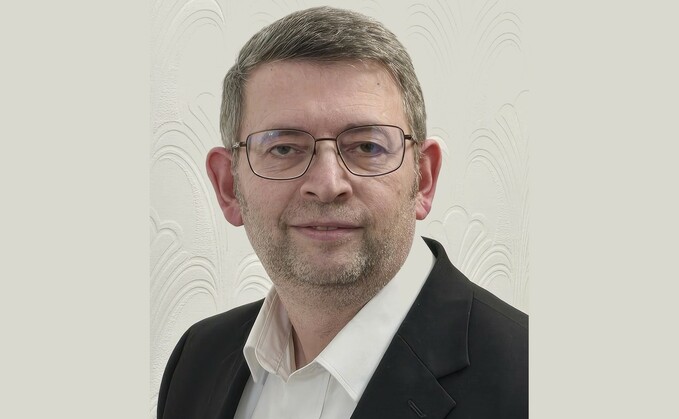
Antony Miller: By embracing can-do thinking, we can improve the lives of both our members and our sponsors.
For all the debate in pensions, the most important question every trustee and sponsor should be asking is simple: Why?
Why am I taking investment risk? Why am I chasing better returns? Why am I taking mortality risk? Why am I paying consultants and brokers to advise on risks I don't need to take? Why do I keep designing policies that don't actually drive progress?
Some will tell you that risk is necessary to reach your goal. But let's be honest – that's typically nonsense. Risk is only necessary if you run out of time. The real problem is that trustees have been following the same playbook for decades, even when it no longer works.
If the turbulence of recent weeks has taught us anything, it's that small risks often unexpectedly turn into big ones and complacency is a dangerous game. Trustees and sponsors who believe they can manage risk on their own are often proven wrong.
Many schemes have been attempting to de-risk into gilts for years, convinced it's the only way forward. But let's look at the last five years – which investment class has suffered the most? Despite the increased hedging, are funding positions really now that secure?
The reality is some trustee boards can struggle to get away from the past, following rules that haven't worked, while sponsors repeatedly bail pension schemes out with more cash when the unexpected happens. Yet nearly every scheme, if willing, can improve its funding position steadily, all the way to buyout or other form of consolidation, without taking excess investment risk or relying heavily on the sponsor. It takes patience, but pension schemes are still about long-term assets and liabilities—if structured properly, short-term cashflow issues can be managed without unnecessary risk.
Some argue that cashflow matching is the best way forward, and in principle, it makes sense. Imagine an AI model that monitors scheme demographics in real time, constantly optimizing investments. Sounds great, right? But let's be real—that could be 10 years away (and given the speed the pensions industry moves at, probably 30!). In the meantime, human-led models remain inaccurate—and for smaller schemes, a handful of members living longer than expected can throw everything off course.
Nowadays, thankfully there are no end of investors interested in sharing value embedded in pension schemes. There may be material commercial benefit to these investors, but our interests could be well aligned. So why is consolidation moving at a snail's pace? Why do external capital-backed solutions keep stalling? And why does regulatory intervention make these options so expensive and bureaucratic?
Let's face it – it is because the typical trustee board still operates in a steady state. It finds governing easy, but strategy harder and it still fails to challenge advisors to think about outcomes and innovative solutions. It also still lives in fear of complex regulation and the risk of personal liability.
If sponsors truly want to take risks in the hope of building surpluses, they need to ask themselves: how sure are we that these surpluses will materialize and remain? Can sponsors access surplus funds with certainty? What happens when AI finds cures for even some of the most significant causes of mortality?
So, what can we mere humans do about it?
I propose offering The Pensions Regulator access to a team of trustees who are experienced in driving forward innovation, working with people who have first-hand practical experience of using third-party capital in solutions. Such a team would be able to positively help more pension schemes achieve such deals, embracing a can-do mentality rather than the more typical industry nervousness.
Hopefully if we can embrace such thinking, we can improve the lives of both our members and our sponsors.
And to those naysayers who ask why I prefer fuelling capital providers' and insurers' profits rather than taking risk… I say don't worry, if enough of these are done, competitive pressures will force down margins… Just look at the success of the Pension Protection Fund (PPF) to see the evidence….
Antony Miller is chair of Aretas Trustees







